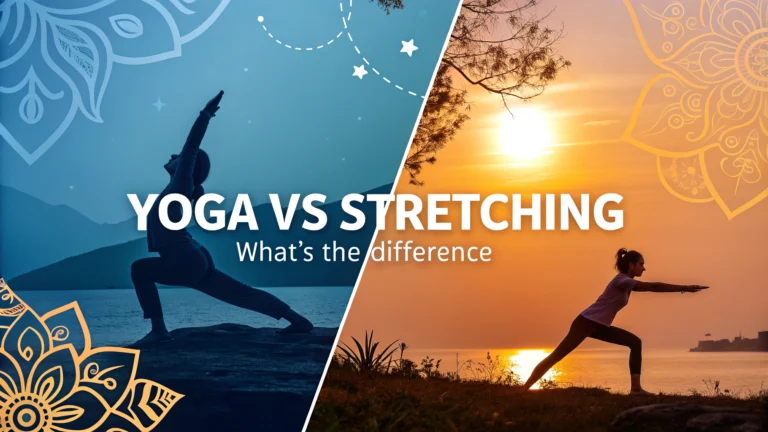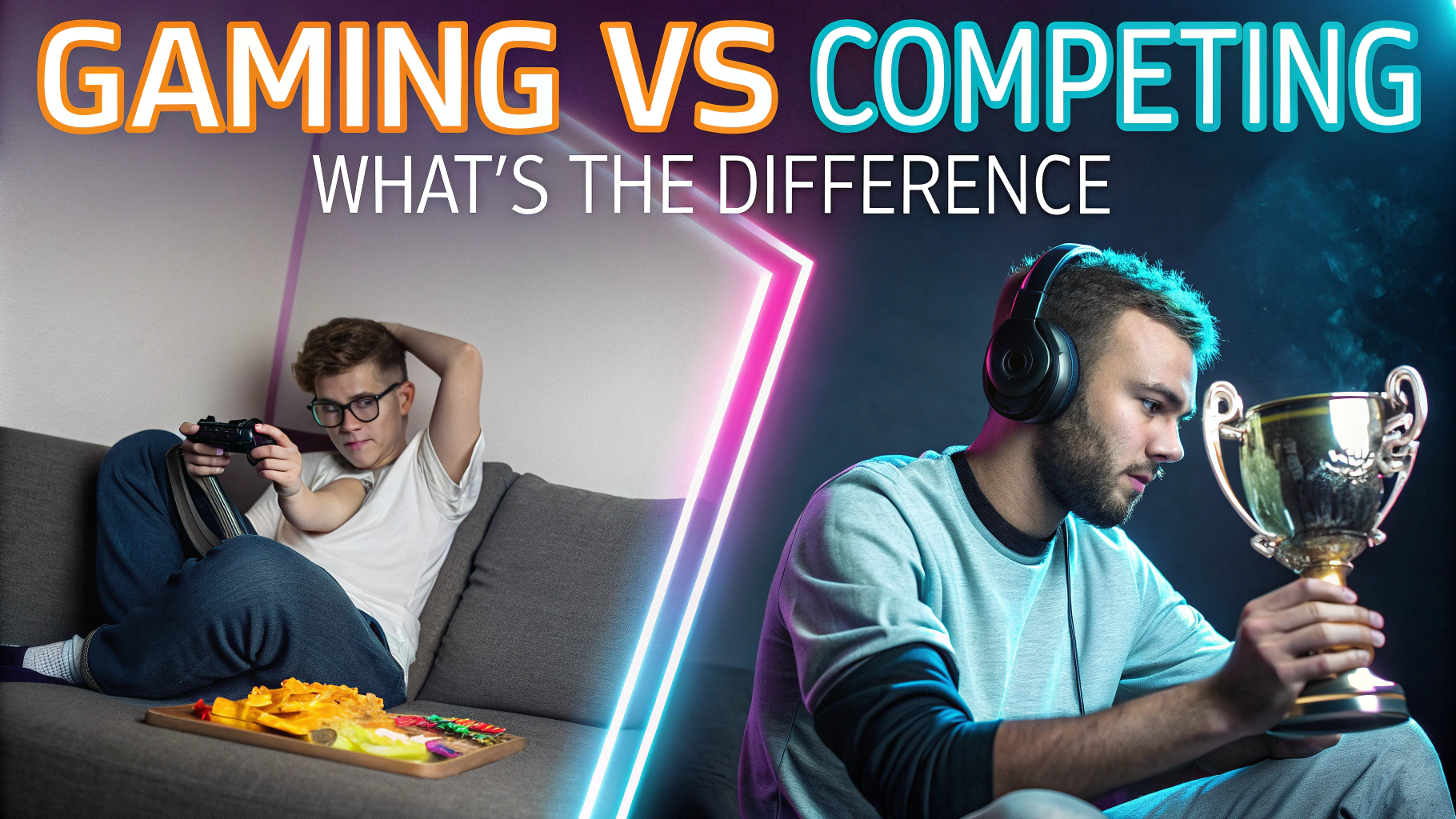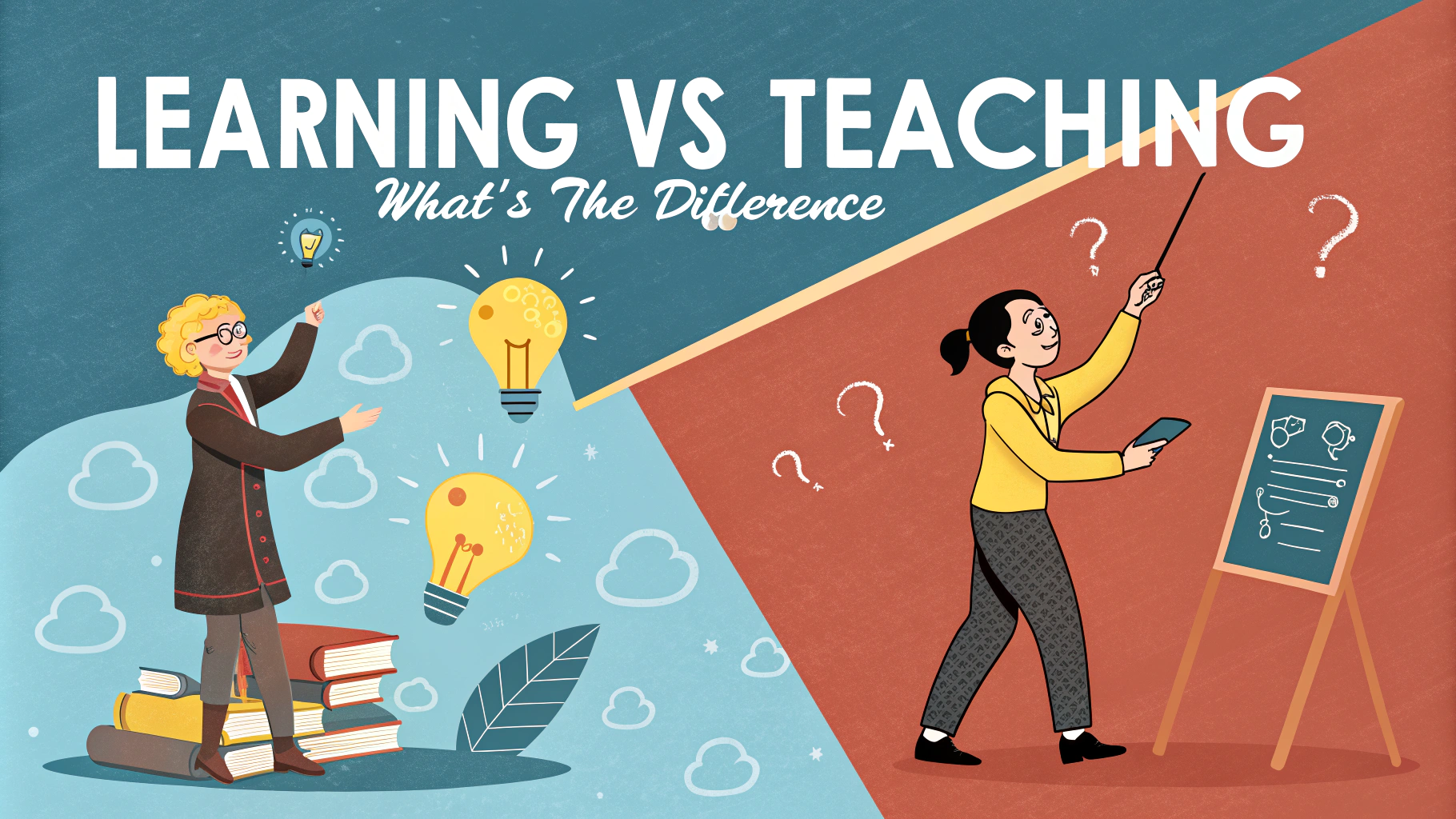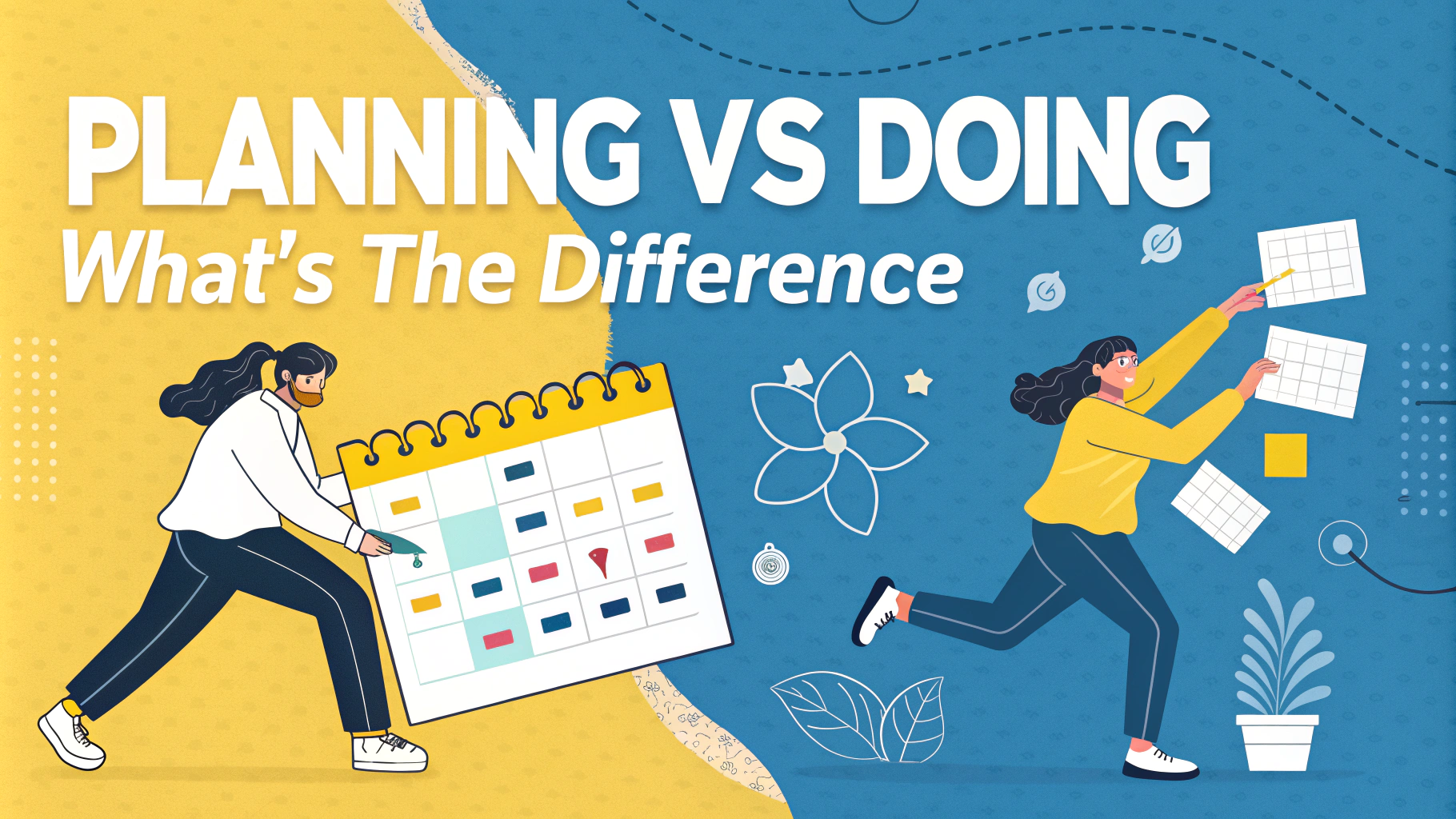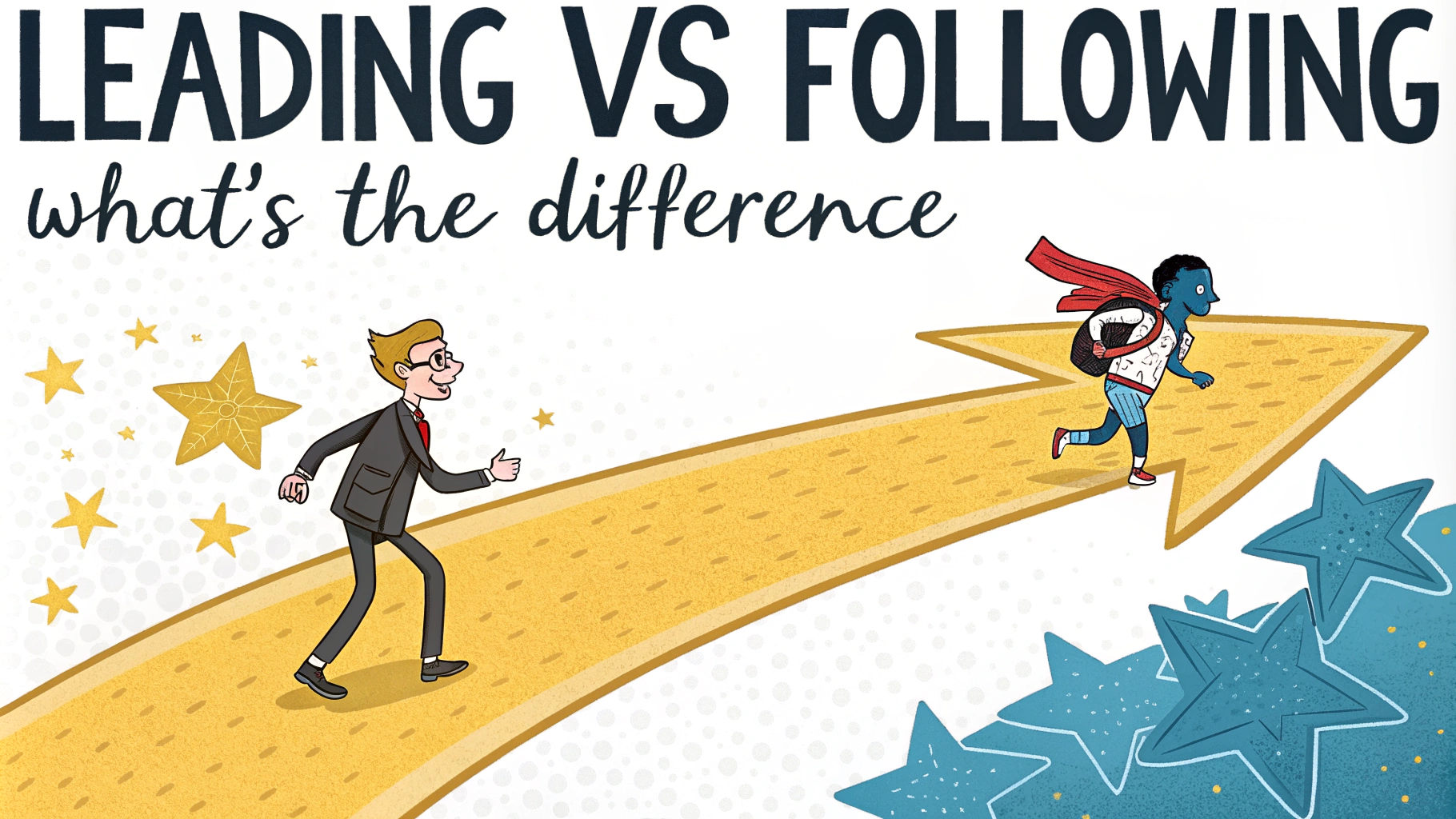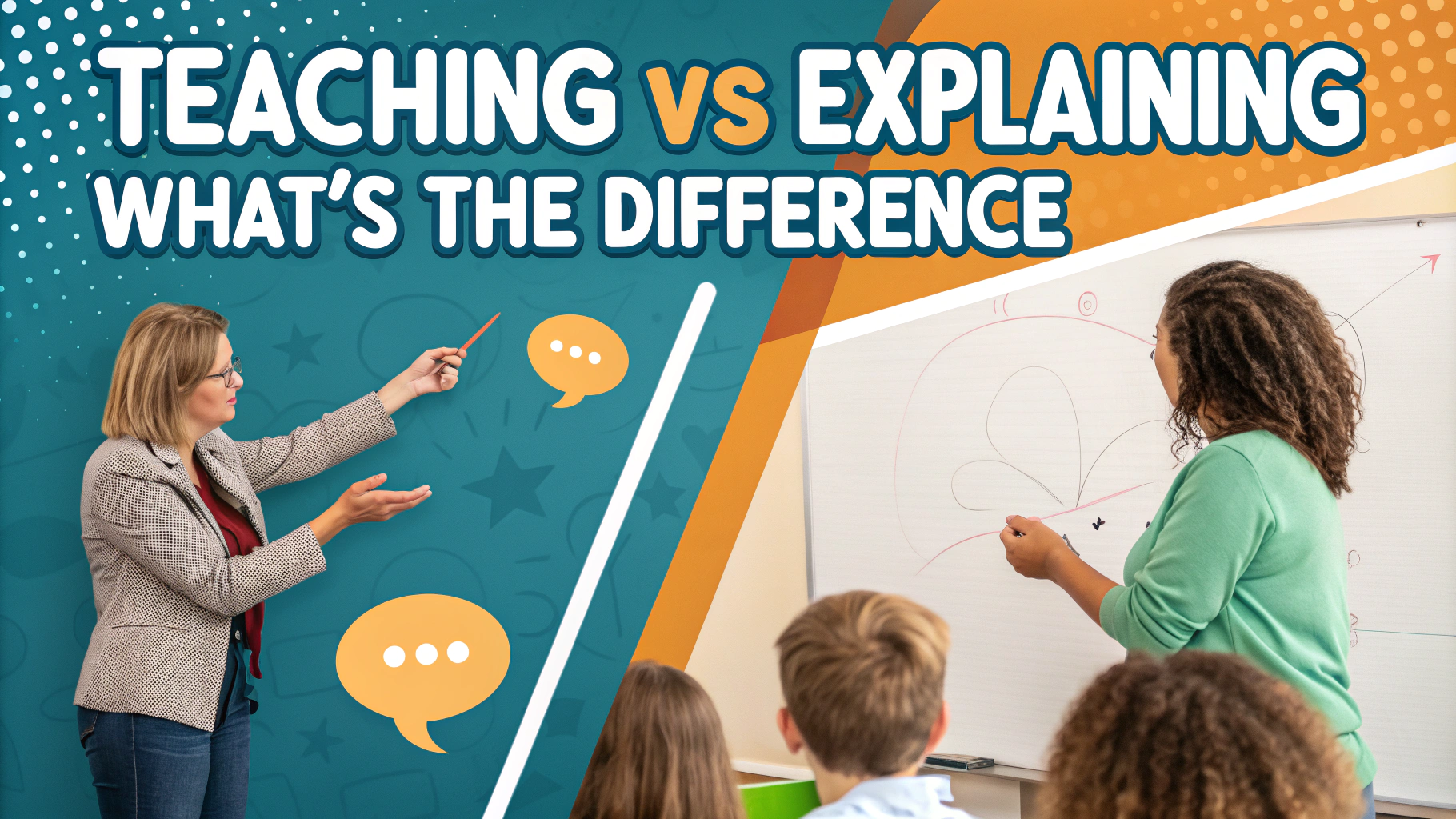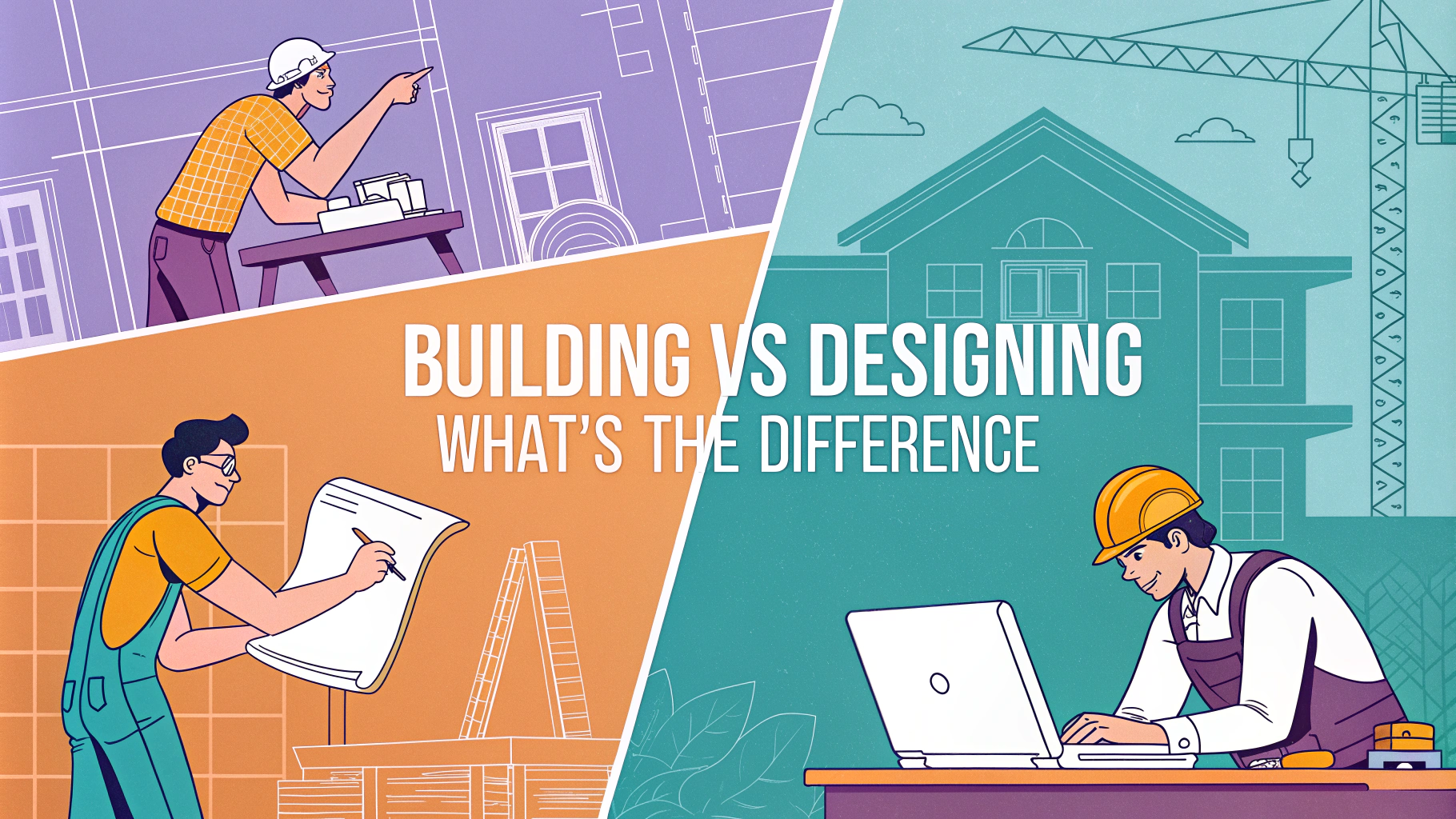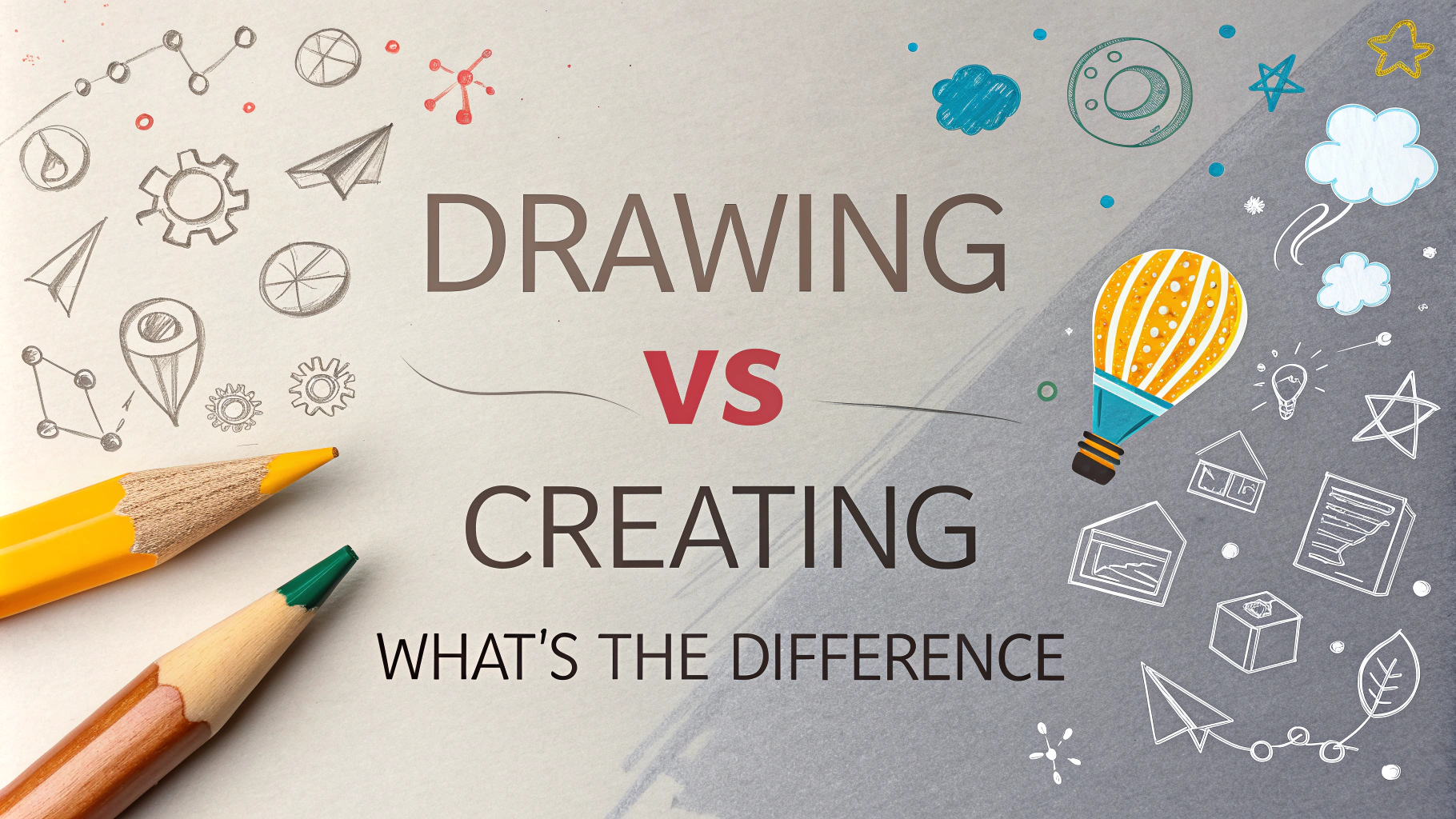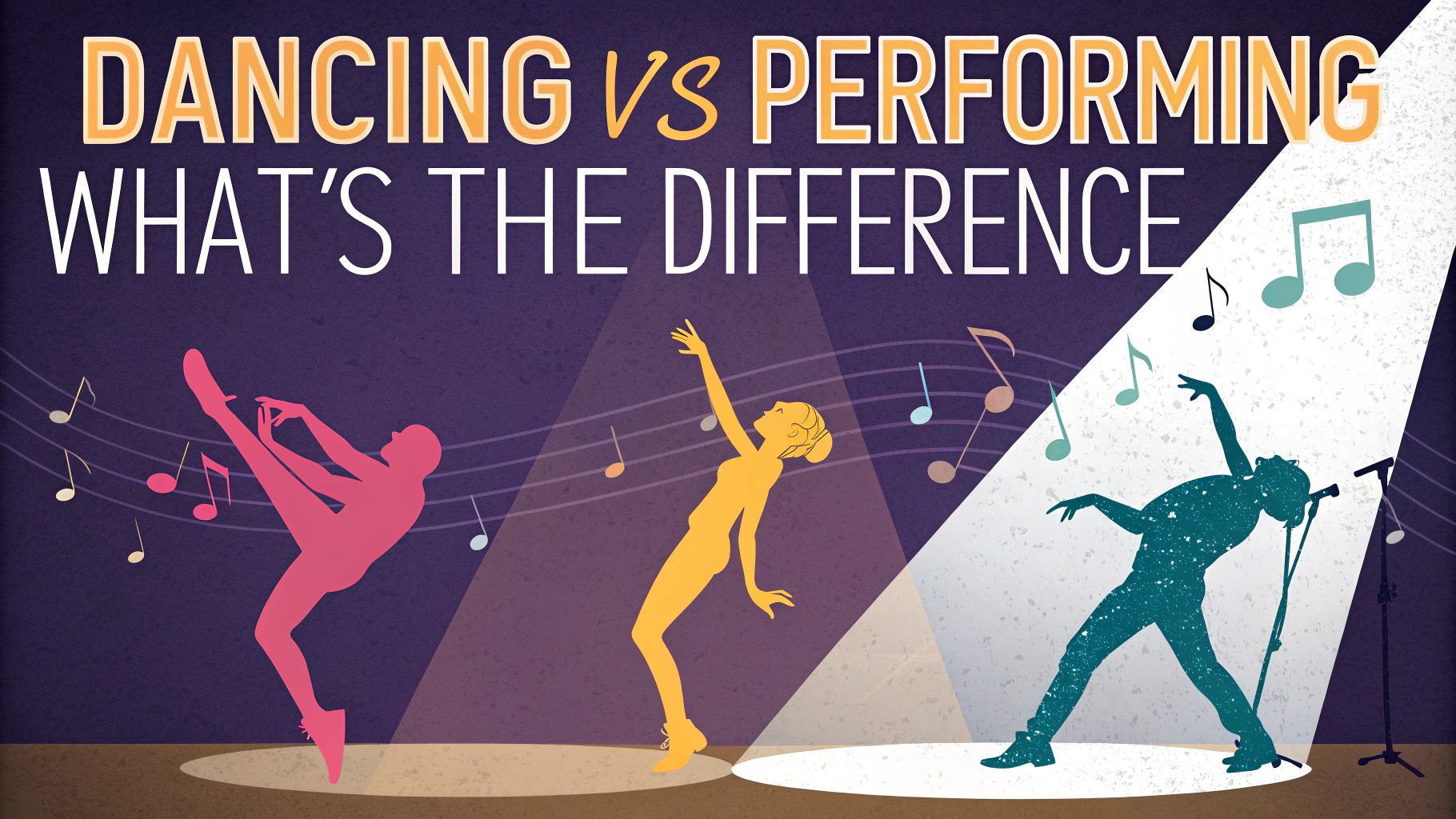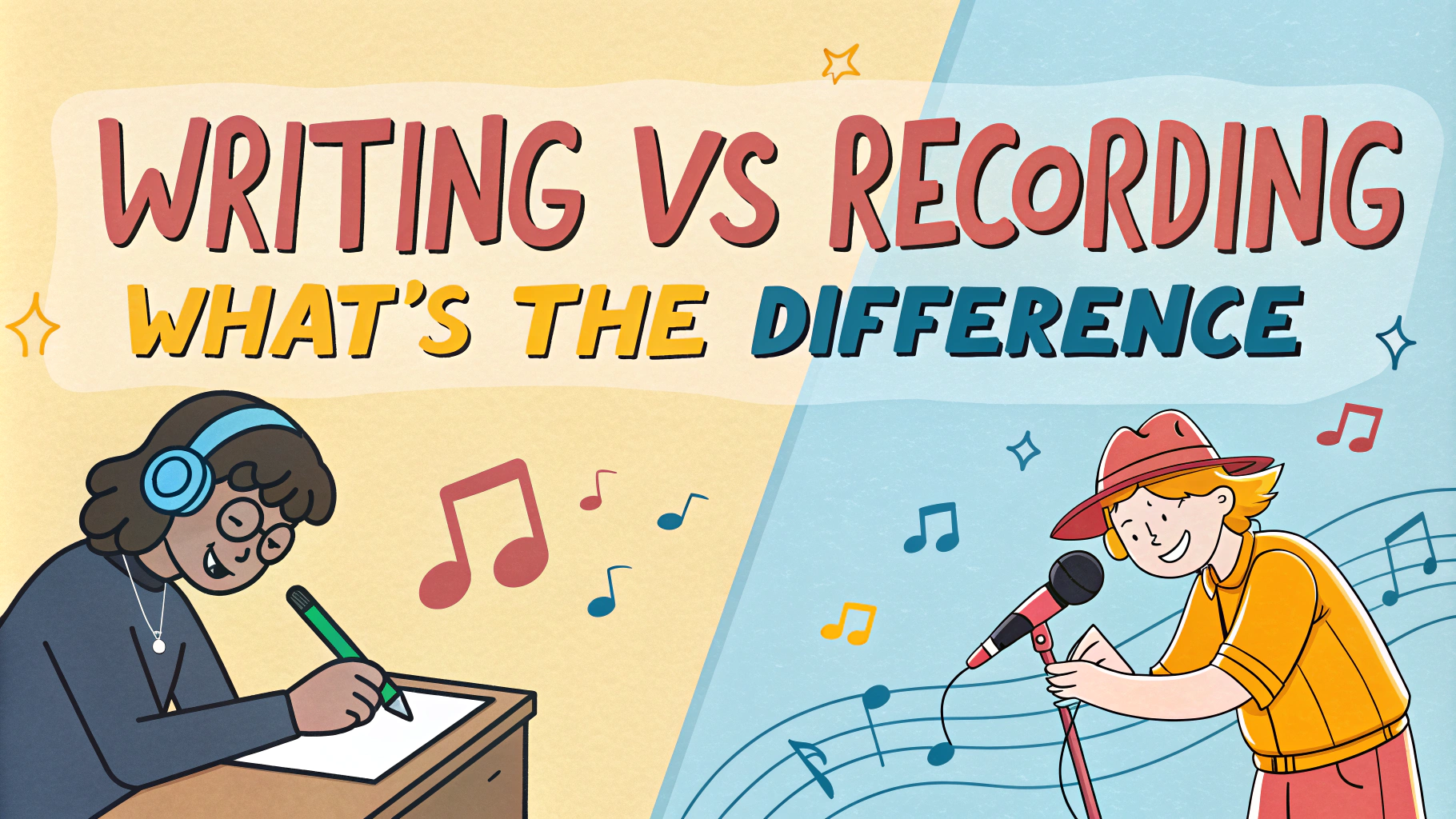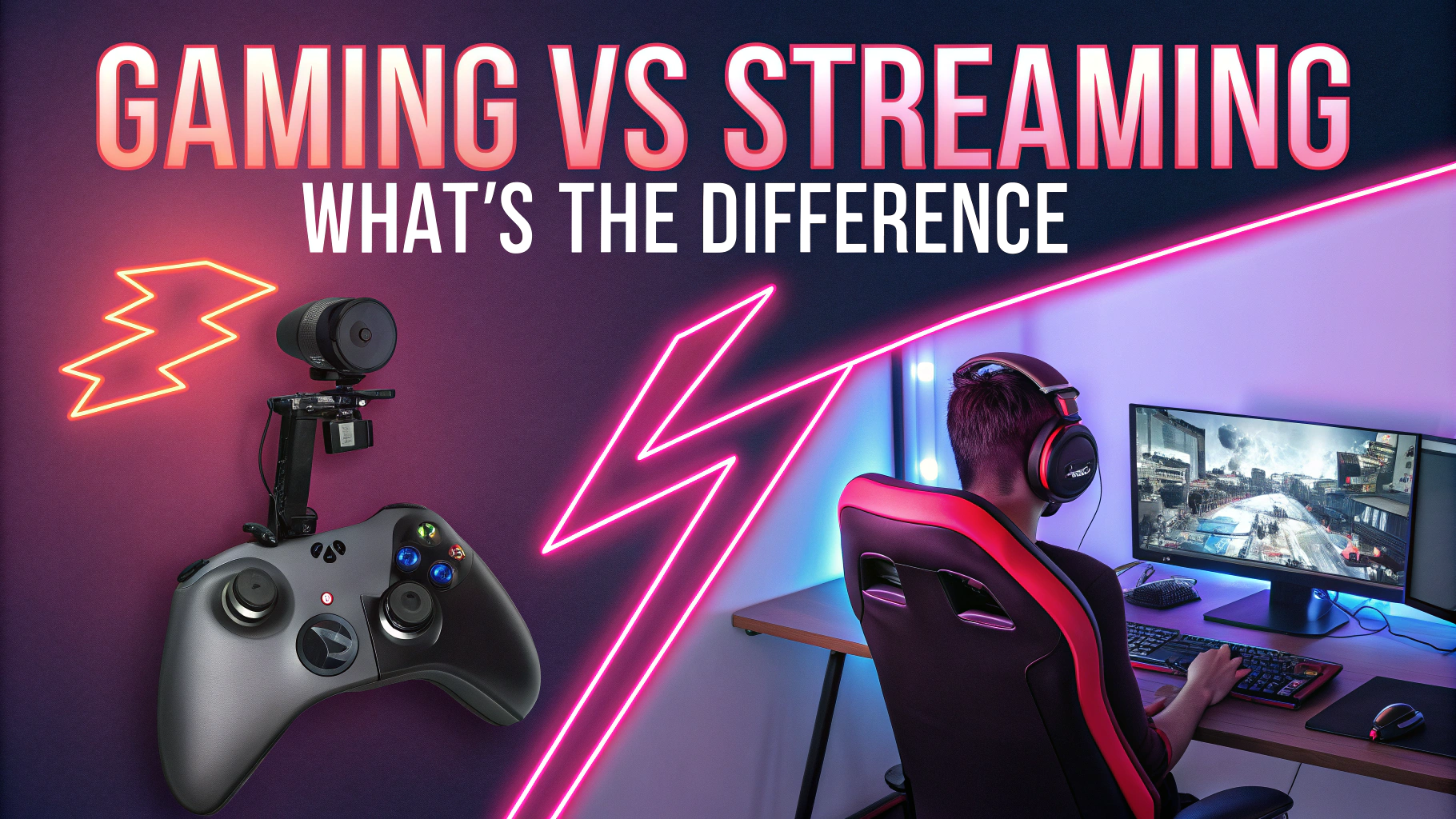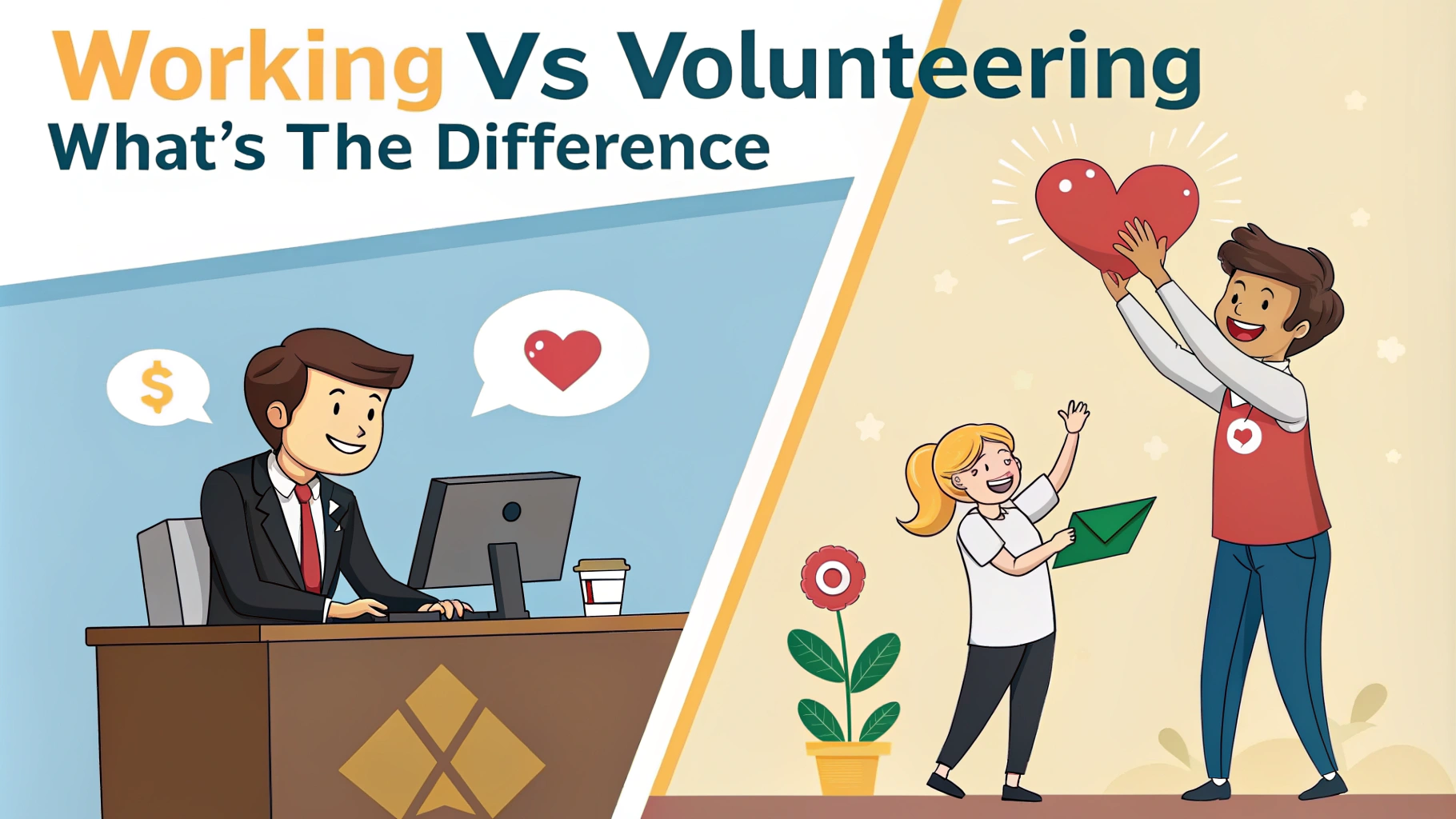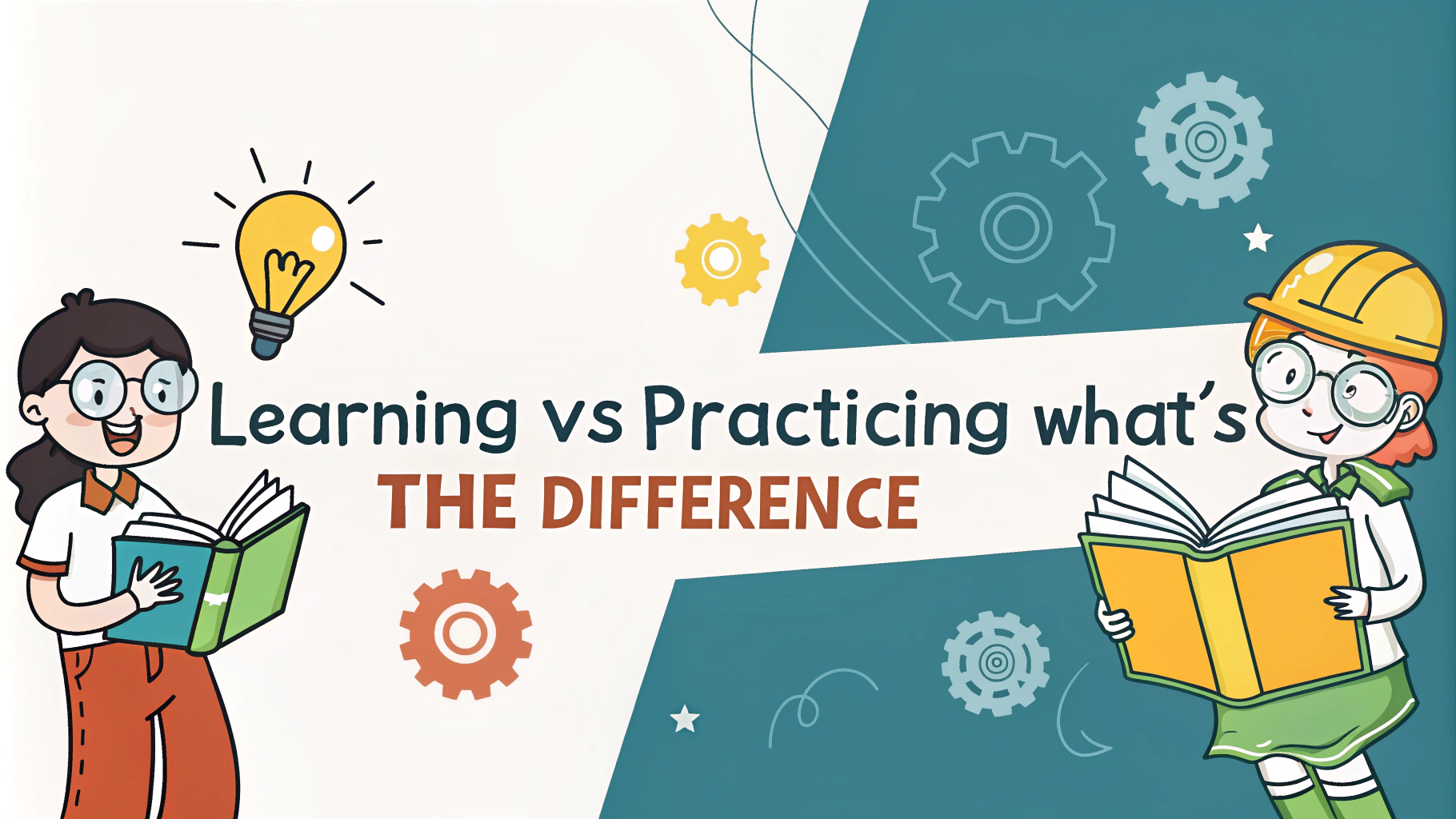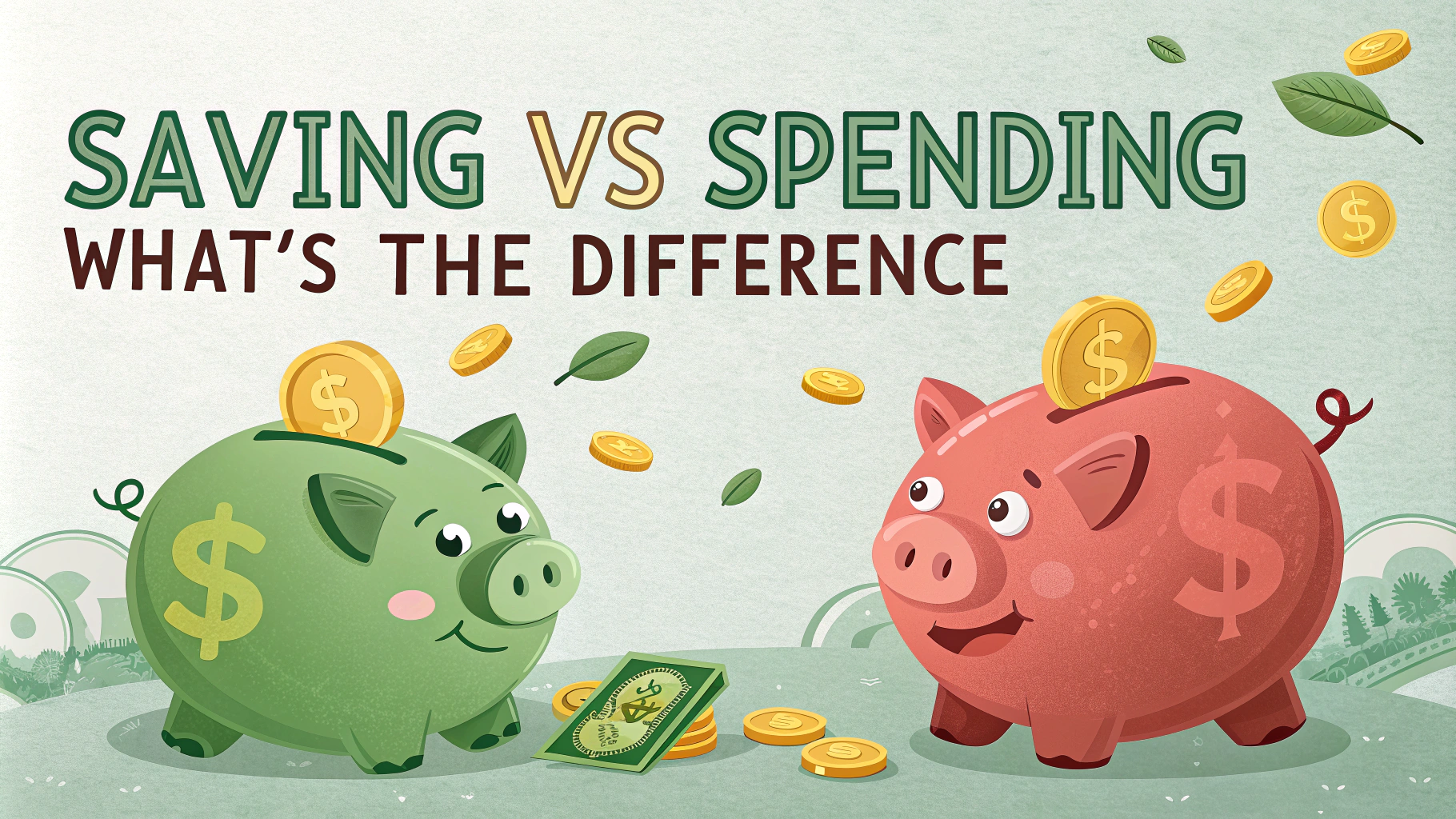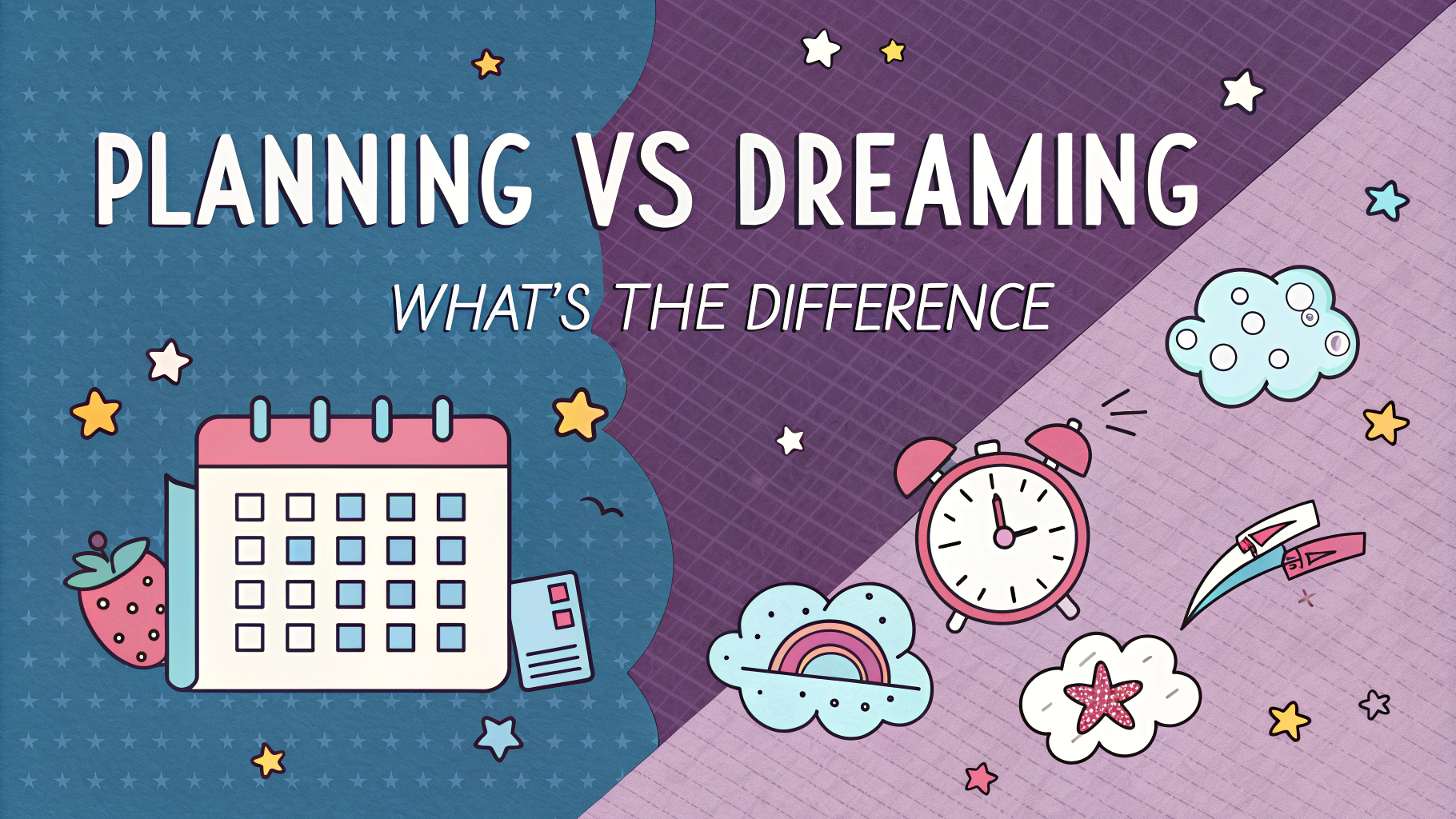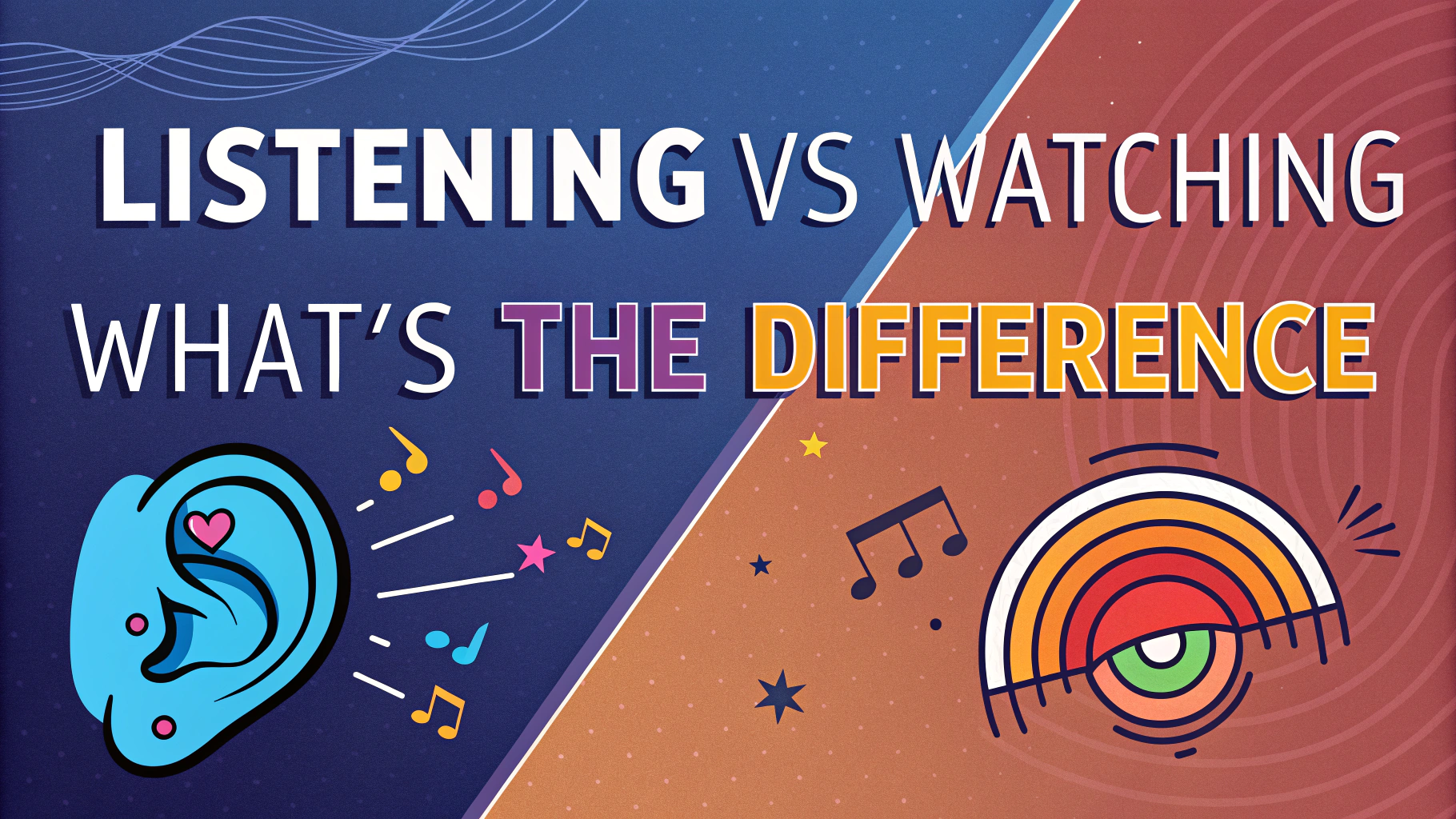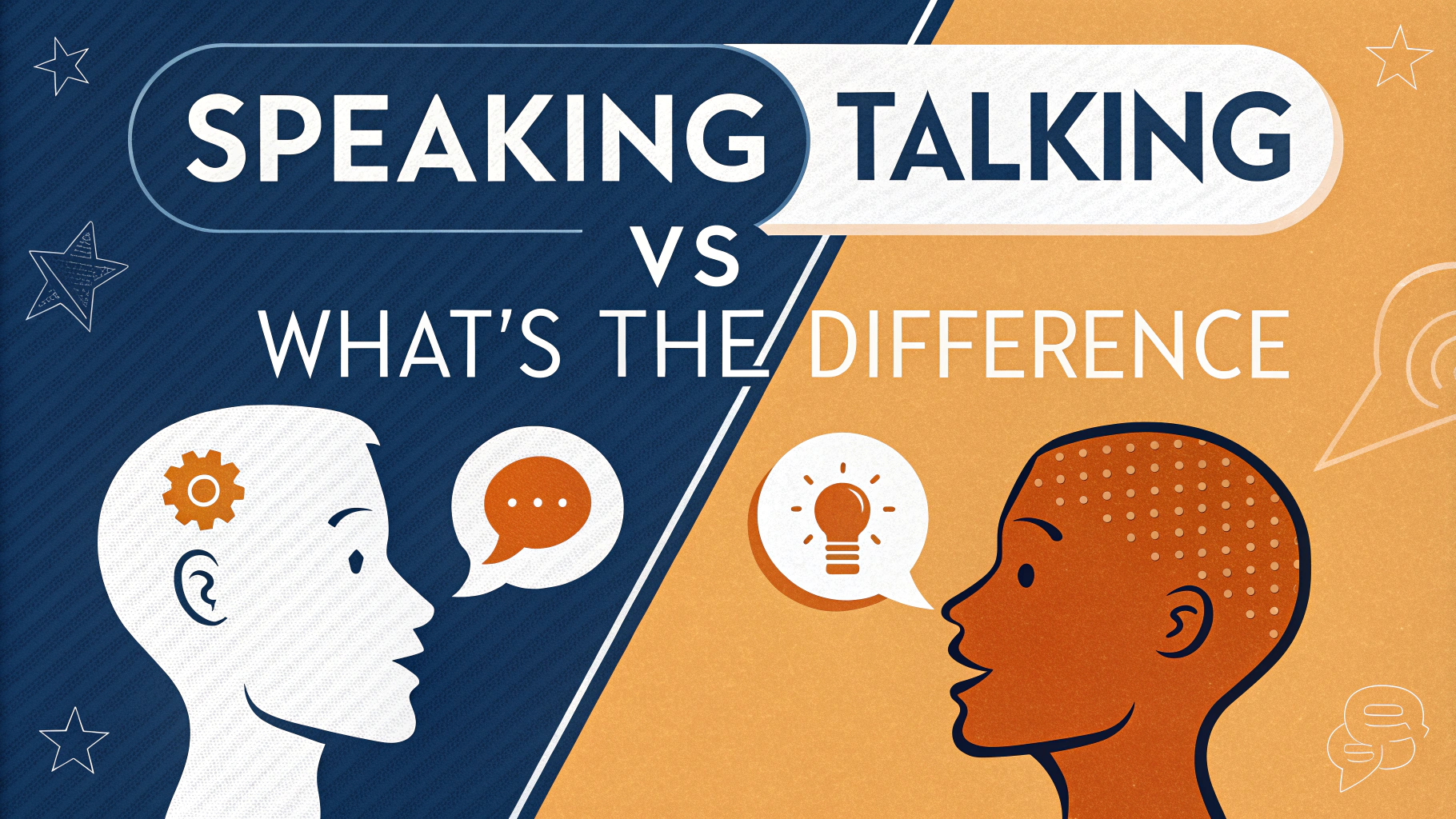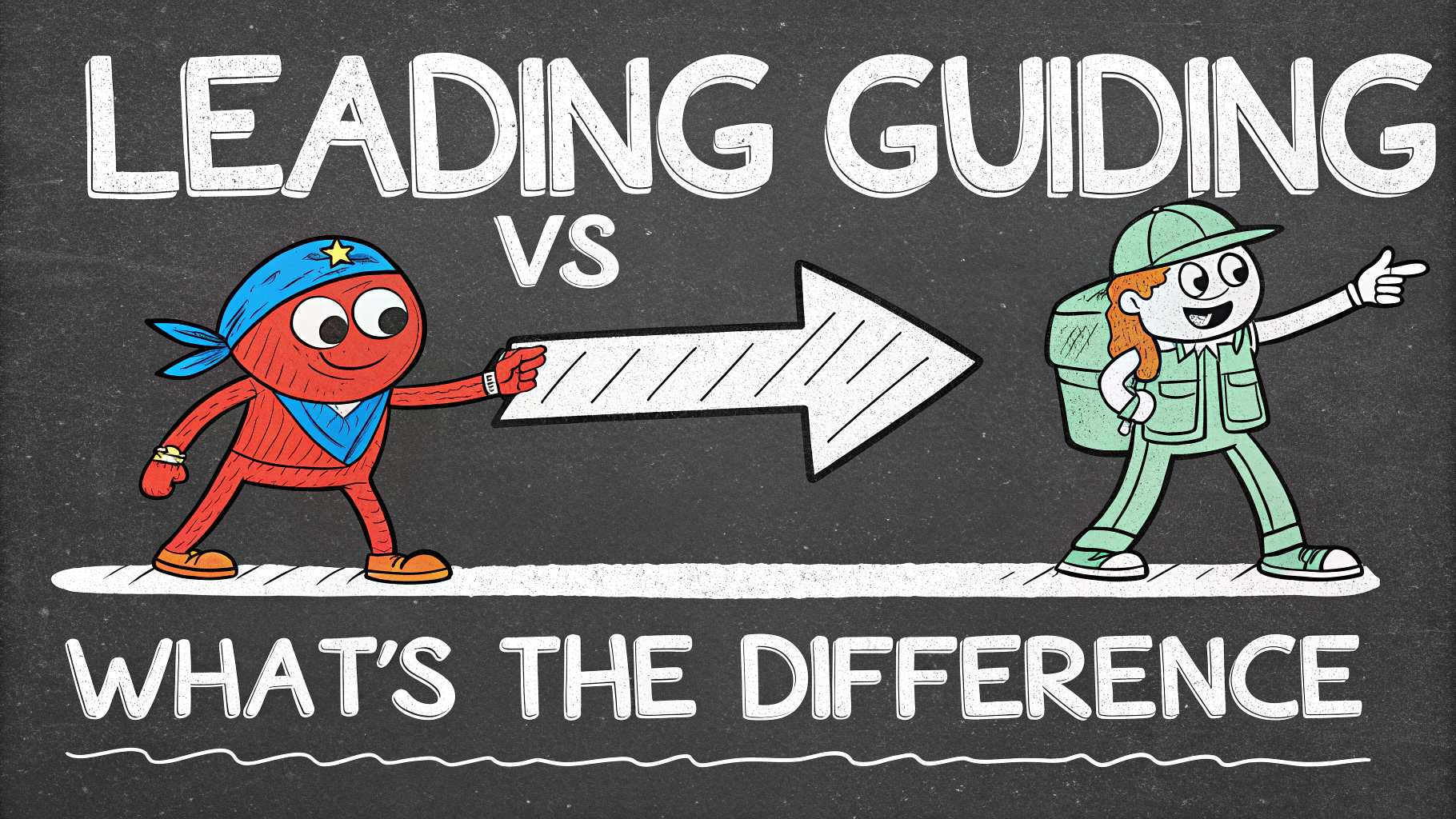Many people confuse **yoga** and **stretching** as the same activity, but these practices have distinct characteristics and benefits. **Yoga** combines physical postures, breathing techniques, and mindfulness, while **stretching** primarily focuses on improving flexibility and muscle length.
Both practices can enhance your fitness routine, but knowing their unique aspects helps you choose the right approach for your wellness goals. Let’s explore the key differences and benefits of each practice.
Core Differences Between Yoga and Stretching
- **Yoga** incorporates spiritual and mental elements
- **Stretching** targets specific muscle groups
- **Yoga** includes breathwork (pranayama)
- **Stretching** focuses on physical flexibility
| Yoga | Stretching |
|---|---|
| Mind-body practice | Physical practice |
| Includes meditation | No meditation required |
| Structured sequences | Individual movements |
Physical and Mental Benefits Compared
**Yoga** offers comprehensive benefits including stress reduction, improved balance, and enhanced body awareness. **Stretching** delivers targeted physical improvements like better range of motion and reduced muscle tension.
- **Yoga Benefits**:
- Stress management
- Better posture
- Mental clarity
- **Stretching Benefits**:
- Muscle flexibility
- Injury prevention
- Recovery support
Which Practice Suits Your Goals?
Choose **yoga** if you seek a holistic practice that combines physical movement with mental wellness. Select **stretching** if your primary goal is improving flexibility or supporting athletic performance.
“The right choice between yoga and stretching depends on your personal wellness objectives and the time you can dedicate to practice.”
Equipment and Space Requirements
**Yoga** and **stretching** have different setup needs. A **yoga mat** and comfortable clothing work for both practices, but each has specific considerations.
Essential Equipment
- **Yoga Equipment**:
- Non-slip yoga mat
- Yoga blocks (2)
- Yoga strap
- Blanket for meditation
- **Stretching Equipment**:
- Exercise mat
- Foam roller
- Resistance bands
Time Commitment and Practice Guidelines
Start with shorter sessions and gradually increase duration as your body adapts. **Consistency** matters more than session length.
| Practice Type | Beginner Duration | Frequency |
|---|---|---|
| Yoga | 20-30 minutes | 2-3 times/week |
| Stretching | 10-15 minutes | 4-5 times/week |
Combining Both Practices
**Yoga** and **stretching** complement each other when scheduled properly. Allow recovery time between intense sessions.
Sample Weekly Schedule
- Monday: Morning yoga, evening stretching
- Tuesday: Dynamic stretching
- Wednesday: Yoga flow
- Thursday: Recovery stretching
- Friday: Yoga practice
- Weekend: Light stretching maintenance
“Listen to your body and adjust the intensity and frequency of practices based on your energy levels and recovery needs.”
Choosing Your Path Forward
Select the practice that aligns with your current fitness level and lifestyle commitments. Start with one approach and gradually incorporate elements of the other as you progress.
Quick Decision Guide
- Choose **yoga** if you want:
- Mind-body connection
- Structured practice
- Community support
- Choose **stretching** if you need:
- Quick, targeted flexibility work
- Athletic performance support
- Simple daily maintenance
Frequently Asked Questions: Yoga vs Stretching
Q: What is the main difference between yoga and stretching?
Yoga combines physical postures, breathing techniques, and meditation, while stretching focuses solely on lengthening muscles and improving flexibility. Yoga has spiritual and mental components, whereas stretching is purely physical.
Q: Does yoga burn more calories than basic stretching?
Yes, yoga typically burns more calories than basic stretching. A 60-minute vinyasa yoga session burns 400-600 calories, while regular stretching burns 150-200 calories per hour.
Q: Can I replace my yoga practice with stretching exercises?
While stretching can improve flexibility, it doesn’t provide the complete benefits of yoga, which includes:
- Mental clarity and stress reduction
- Balance and coordination
- Core strength development
- Breath awareness
Q: Is stretching before yoga necessary?
Light stretching before yoga isn’t necessary, as yoga sequences typically begin with gentle warm-up poses. The sun salutation series effectively prepares your body for deeper poses.
Q: Which is better for back pain – yoga or stretching?
Both are beneficial, but yoga often provides better results for back pain due to its:
- Core-strengthening elements
- Focus on proper alignment
- Balanced approach to muscle development
Q: How long should beginners hold yoga poses vs stretches?
| Activity | Recommended Hold Time |
|---|---|
| Basic Stretching | 15-30 seconds |
| Yoga Poses | 3-5 breaths (approximately 30-60 seconds) |
Q: Is yoga or stretching better for flexibility gains?
While both improve flexibility, yoga typically provides better results due to its dynamic movement patterns and comprehensive approach to muscle engagement and relaxation.
Q: Can stretching help prepare for advanced yoga poses?
Yes, targeted stretching can help prepare for advanced yoga poses by improving specific muscle flexibility and range of motion, particularly for poses like splits and backbends.
Q: Which is safer for seniors – yoga or stretching?
Both can be safe for seniors when properly modified. Chair yoga and gentle stretching are equally appropriate, but yoga offers additional benefits like balance training and breath awareness.
Q: Does yoga or stretching help more with muscle recovery?
Gentle yoga typically offers better muscle recovery benefits due to its combination of:
- Controlled movements
- Blood flow enhancement
- Breath work
- Relaxation techniques
Q: How many times per week should I do yoga vs stretching?
Aim for:
- Yoga: 2-4 sessions per week for optimal benefits
- Stretching: Daily stretching is safe and beneficial

